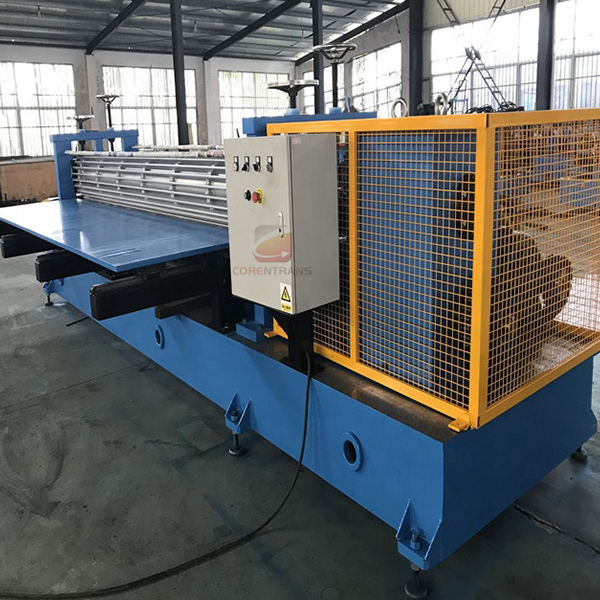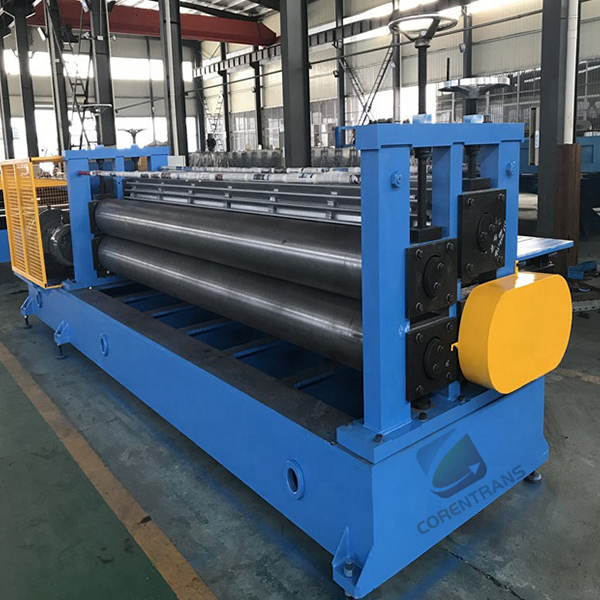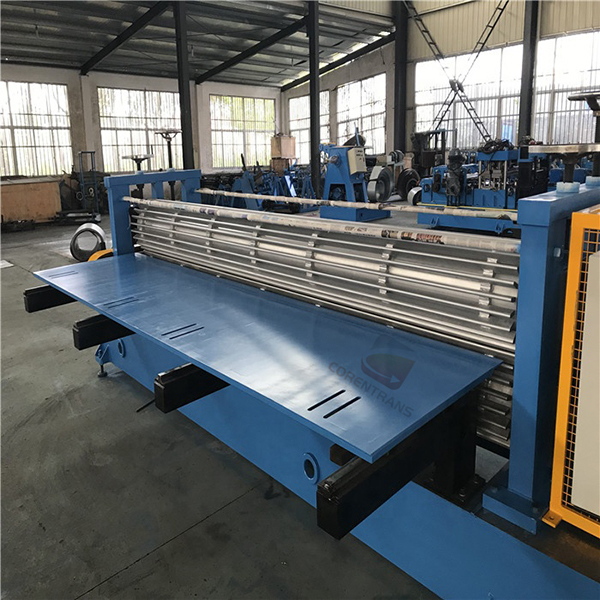In the realm of industrial manufacturing, roll forming machinery stands as a cornerstone for producing consistent, high-quality metal components at scale. For enterprises engaged in high-volume metal fabrication, selecting the optimal roll forming machine is pivotal to ensuring efficiency, precision, and profitability.



Understanding Roll Forming Machinery
Roll forming is a continuous bending operation in which a long strip of sheet metal, typically coiled steel, is passed through consecutive sets of rolls to achieve a desired cross-section. This process is ideal for producing uniform profiles with tight tolerances over extended lengths, making it indispensable for high-volume production.
Key components of roll forming machinery include:
Uncoiler: Feeds the metal coil into the machine.
Roll Stands: Sequentially shape the metal strip into the desired profile.
Cutting System: Trims the formed metal to specified lengths.
Control System: Manages machine operations, ensuring precision and consistency.
Essential Features for High-Volume Production
When evaluating roll forming machines for large-scale operations, consider the following attributes:
1. Production Speed and Efficiency
High-volume fabrication demands machinery capable of rapid production without compromising quality. Machines with advanced automation can achieve speeds up to 60 meters per minute, significantly enhancing throughput. For instance, the Floordeck roll forming machine boasts automated shaping and cutting capabilities, allowing for preset quantities and lengths, thereby streamlining the production process.
2. Material Compatibility
Versatility in handling various metals—such as galvanized steel, aluminum, and stainless steel—is crucial. Ensure the machine's roll tooling and drive systems are designed to accommodate the specific materials used in your applications.
3. Precision and Consistency
For industries where exact specifications are non-negotiable, the machine's ability to maintain tight tolerances is vital. Features like encoder-based length measurement and hydraulic cutting systems contribute to consistent product quality.
4. Customization Capabilities
Given the diverse requirements across industries, the ability to customize roll forming solutions is invaluable. Machines that offer adjustable roll stands and interchangeable tooling can adapt to various profile designs, catering to specific project needs.
Selecting the Right Roll Forming Machine for Your Application
To determine the most suitable roll forming machinery for your operations, consider the following steps:
Assess Your Production Requirements
Volume: Estimate your daily or monthly production targets.
Profile Complexity: Analyze the intricacy of the metal profiles you intend to produce.
Material Specifications: Identify the types and thicknesses of metals to be formed.
Evaluate Machine Specifications
Forming Stations: More stations allow for complex profiles but may increase machine length and cost.
Drive System: Choose between chain-driven or gear-driven systems based on desired precision and maintenance considerations.
Control Interface: Advanced CNC controls offer better precision and ease of operation.
Consider After-Sales Support
Reliable technical support and readily available spare parts are essential for minimizing downtime and maintaining productivity.
COREWIRE's Commitment to Quality Roll Forming Solutions
At COREWIRE, we specialize in providing high-quality roll forming machinery tailored to meet the demands of high-volume metal fabrication. Our product lineup includes advanced machines designed for efficiency, precision, and durability.
For example, our High-Quality Chain Link Fence Making Machine exemplifies our commitment to delivering equipment that combines robust construction with user-friendly operation. This machine is engineered to produce consistent, high-strength fencing with minimal manual intervention, making it ideal for large-scale production environments.
Post time: May-29-2025




